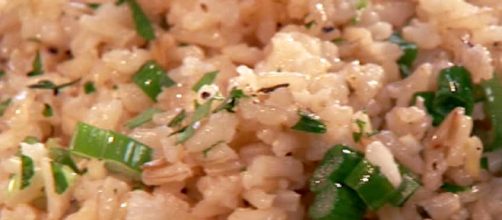There is a massive debate among cooks and chefs concerning the most popular choice of starch. It usually goes like this: "Which rice is better—White Rice or #brown rice?" While many would prefer the former to cook and serve, that decision may stem from popular beliefs and preference. In reality, this type has more nutritional advantages. Some might consider this preposterous, but actual research in the matter might have the final say for one's diet.
The truth about brown rice
What most consumers don't realize about the white rice their eating is the fact that it has more in common with #brown rice.
In fact, the two are practically the same—that is before refinement. The brownness that is removed from the food during the process is, in fact, the hull of the rice kernel which along with the bran and germ are sources of many essential nutrients for the body.
These nutrients which are robbed from the food yield solutions for many health issues especially heart disease.
Why is brown rice converted into white rice?
To be fair, there are some benefits to producing white rice, though they don't outweigh those of #brown rice. After the milling process, it is then polished to give it a clear and more attractive look. Besides attractiveness, the consistency of white rice can be preserved much easier, increasing its shelf life.
Lastly, it's not completely void of nutrients. During processing, some nutrients like Vitamin B1, B3 and iron are reintroduced into the food to enrich it. However, there is no changing the fact that a majority of the nutrients have been sacrificed to produce an inferior product for consumers to buy and enjoy at the dinner table.
Benefits of eating brown rice
As mentioned above, #brown rice is far healthier than white rice. Each nutrient lost in the refinement process has an important role to play in keeping the body healthy. Here is the rundown:
- Manganese can synthesize fats, promote a healthy nervous system as well as a reproductive system.
- Magnesium can help produce valuable enzymes for bodily functions and lower the risk of diabetes
- Selenium can promote antioxidants, repair damaged DNA and reduce risk of cancer and Heart Disease
- Vitamin B3 can boost levels of good cholesterol (HDL) and lower levels of bad cholesterol (LDL) to prevent heart disease.
- Phosphorus helps build strong bones, clean the kidneys and reduce pain in muscles
- Copper helps produce valuable enzymes for bodily functions


